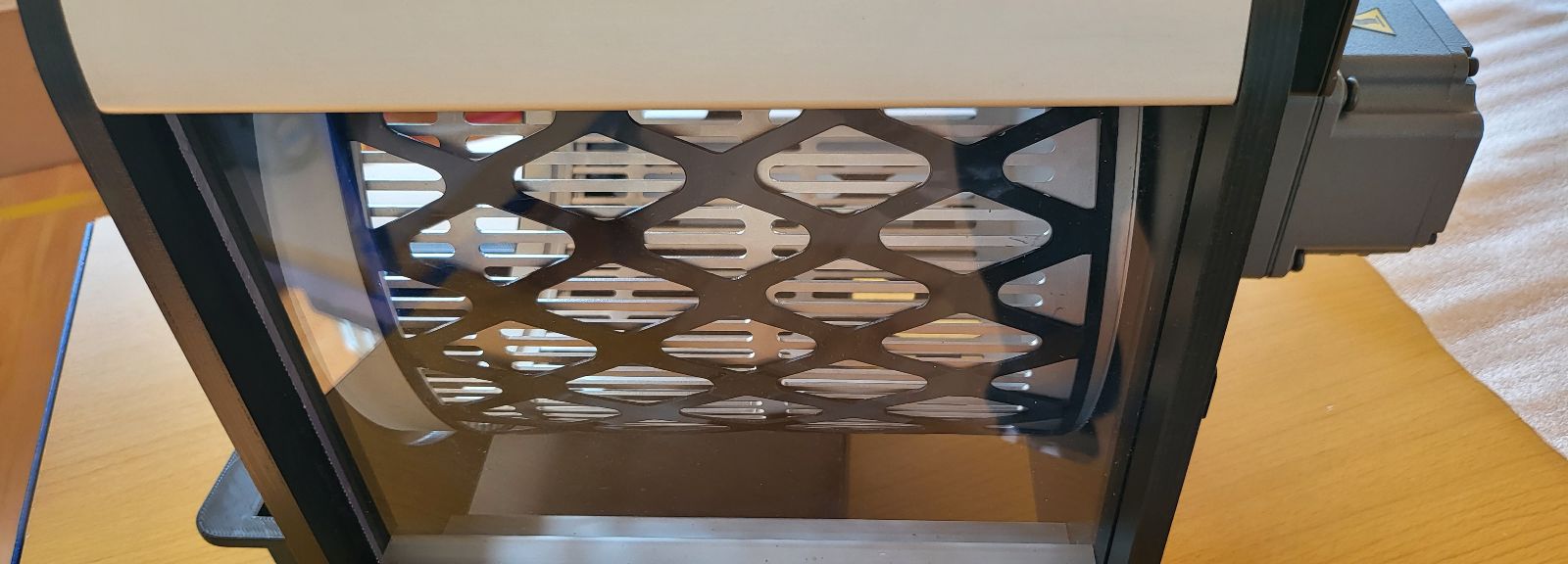THE CUTTING CRADLE IS NOT NORMAL PLASTIC

UHMWPE (Ultra-High Molecular Weight Polyethylene) and PE (Polyethylene) are two commonly used materials with various applications across different industries.
Both materials are known for their strength and durability, but they have some distinct differences as well.
In this article, we will compare UHMWPE and PE in terms of their strength, durability, and other key factors.
UHMWPE is a type of polyethylene with extremely high molecular weight, which gives it exceptional strength and durability. It has a molecular weight of around 3-6 million g/mol, making it one of the highest molecular weight polymers available.
On the other hand, PE has a lower molecular weight compared to UHMWPE, typically ranging from 100,000 to 500,000 g/mol.
One of the key differences between UHMWPE and PE is their tensile strength. UHMWPE has a significantly higher tensile strength compared to PE. It is known to have a tensile strength that is 10 times higher than regular HDPE (High-Density Polyethylene), which is a type of polyethylene with a lower molecular weight.
This makes UHMWPE a suitable material for applications that require high strength and durability, such as armor plates, bulletproof vests, and medical implants.
The higher molecular weight of UHMWPE also contributes to its superior impact resistance. It can withstand heavy impacts without deformation or fracture, making it an ideal choice for applications that involve high impact loads, such as cutting applications, conveyor belts, gears, and automotive parts.
PE, on the other hand, has lower impact resistance compared to UHMWPE, but it is still a durable and reliable material for many applications. In addition to their strength, both UHMWPE and PE have excellent chemical resistance. They are resistant to a wide range of chemicals, including acids, bases, and solvents.
This makes them suitable for use in corrosive environments, such as chemical processing plants and wastewater treatment facilities. They can also withstand exposure to UV radiation without undergoing significant degradation, which makes them suitable for outdoor applications.
When it comes to wear resistance, UHMWPE outperforms PE due to its higher molecular weight. It has a low coefficient of friction, meaning it has a reduced tendency to wear or abrade when in contact with other surfaces.
This makes UHMWPE an ideal material for applications that involve sliding or abrasive wear, such as bearings, bushings, and guides.
PE also has good wear resistance, but it may not be as durable as UHMWPE in high-wear applications.
Another advantage of UHMWPE over PE is its self-lubricating properties. UHMWPE has a low surface energy, which reduces friction and allows it to self-lubricate. This eliminates the need for additional lubrication in many applications, reducing maintenance costs and improving efficiency.
PE, on the other hand, may require external lubrication in certain applications to reduce friction and prevent wear.
In terms of temperature resistance, UHMWPE has a higher melting point compared to PE. It can withstand temperatures up to 130-140°C (266-284°F) without softening or deforming. This makes UHMWPE suitable for applications that involve high operating temperatures, such as wear strips in conveyors or components in automotive engines.
PE, on the other hand, has a lower melting point and may deform or melt at higher temperatures.It is important to note that while UHMWPE has superior strength and durability compared to PE, it may also be more expensive. The higher molecular weight and special manufacturing processes required to produce UHMWPE contribute to its higher cost.
PE, on the other hand, is more cost-effective and readily available in various grades and forms.
In conclusion, UHMWPE and PE are both strong and durable materials, but UHMWPE has several advantages over PE.
With its higher molecular weight, UHMWPE offers superior tensile strength, impact resistance, wear resistance, and self-lubricating properties. It also has a higher melting point, making it suitable for high-temperature applications.
However, PE is still a reliable and cost-effective material for many applications. Understanding the properties of UHMWPE and PE allows manufacturers to choose the most suitable material for their specific needs, ensuring optimal performance and longevity of their products.